Which districts offer better houses and flats to buy in Barcelona
If you’re thinking about buying a property in Barcelona, the first thing to consider is which neighbourhood suits you best based on your preferences and lifestyle. The most exclusive and luxurious homes are primarily located in the highest per capita income neighbourhoods in Barcelona.
Among the most desirable neighbourhoods, where you’ll find higher-quality homes, include Eixample, Sant Gervasi, especially the districts of Bonanova, Tres Torres, and Galvany, and Pedralbes in Les Corts.
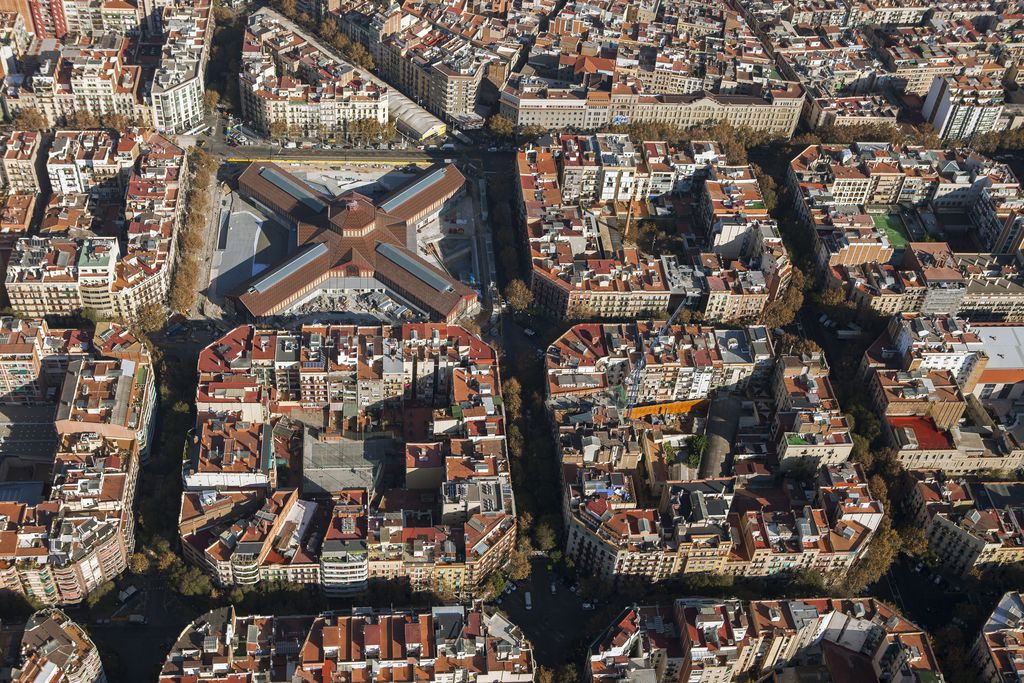
L’Eixample
This neighbourhood occupies the central area of Barcelona and is one of the most populous in absolute terms (262,485 inhabitants) and the second in relative terms (35,586 hab./km²). It is very characteristic of Barcelona. The Cerdá Plan conceived the city as a regular grid, with streets running parallel to the sea and perpendicular. The different blocks of the expansion are reclaiming their interior gardens.
In the Eixample district is where you’ll find some of Barcelona’s most well-known streets and squares, such as Passeig de Gràcia, Rambla de Catalunya, Plaça de Catalunya, Avinguda Diagonal, Carrer d’Aragó, Gran Via de les Corts Catalanes, Carrer de Balmes, Ronda de Sant Antoni, Ronda de Sant Pere, Passeig de Sant Joan, Plaça de la Sagrada Família, Plaça de Gaudí, and at its ends, Plaça de les Glòries Catalanes and Plaça Francesc Macià
Also, in the Eixample, you’ll find numerous points of tourist and civic interest such as the Basilica of the Sagrada Familia, Casa Milà, Casa Batlló, the National Theatre of Catalonia, the Auditorium of Barcelona, the Monumental Bullring, Casa de les Punxes, as well as numerous cinemas, theaters, restaurants, hotels, and other leisure places, like parks.
Eixample is one of the favorite neighbourhoods for foreign buyers, who appreciate living in the heart of the city to enjoy all the leisure and cultural offerings it provides.
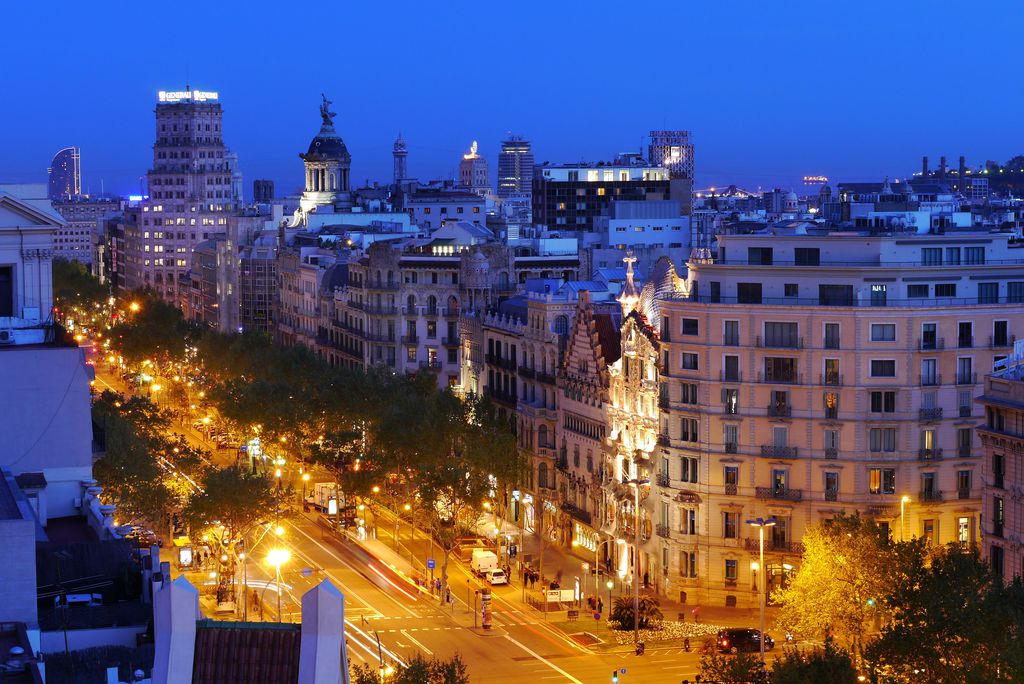
Eixample is divided into several districts:
-
La Dreta de L’Eixample
-
L’Esquerra de L’Eixample
-
Sagrada Familia and Sant Antoni
Each district has homes with different characteristics. The regulations set the minimum buildable size and housing density. For example, homes in La Dreta de l’Eixample are generally larger. Without a doubt, La Dreta de l’Eixample and L’Antiga Esquerra de l’Eixample are the most valued districts in the city center.
La dreta de L’Eixample
It extends from Balmes to Passeig de Sant Joan. It is one of the districts with the highest per capita income in the city. The buildings, mostly financed by the Catalan bourgeoisie, are of modernist and neoclassical styles.
The most luxurious homes are located on Passeig de Gracia and Rambla Catalunya, currently the most exclusive streets in the city center. Foreign investment and flagship stores of major brands are in this area. Notable buildings in the Eixample include those in the Block of Discord, the famous Casa Batlló, renovated by Antoni Gaudí, or the Casa Ametller by Puig i Cadafalch and Casa Lleó i Morera by Domenech i Montaner. Prices per square meter of homes on Passeig de Gracia are among the highest in the city
Homes in La Dreta de l’Eixample are generally spacious, with the typical Eixample typology, facing the main street and with a block courtyard.
L’ Esquerra de l’Eixample
L’Antiga Esquerra de l’Eixample is also an upscale area with classic homes in the heart of the city, where you’ll find the best gastronomic and commercial offerings. In this area, there are also characteristic modernist buildings.
Sagrada Família and Sant Antoni
The housing offering in these districts is more affordable, although interesting pieces can also be found. If you’re considering buying near Sagrada Familia, keep in mind that there are some areas affected by urban planning where it’s not advisable to buy due to the risk of expropriation in the future. Homes are generally somewhat smaller.
Sarrià – Sant Gervasi
It is the upper-class area par excellence of the city, with the highest per capita income and the highest number of inhabitants with a university degree. A significant part of the territory is located in the Collserola Natural Park. The district is composed of several urban ensembles formed by the former municipalities of Sarrià (added to Barcelona in 1921), Vallvidrera (added to Sarrià in 1890), Santa Cruz de Olorde (added to Sarrià in 1916), and Sant Gervasi de Cassolas (added to Barcelona in 1897).
The area hosts the best private schools in the city, healthcare facilities such as Clínica Teknon or Quirón, sports facilities, and beautiful green areas. The neighbourhood still preserves some modernist buildings that, in some cases, house schools, consulates, or offices. If you are looking for housing in Sant Gervasi, you should be aware of the differences between the various districts.
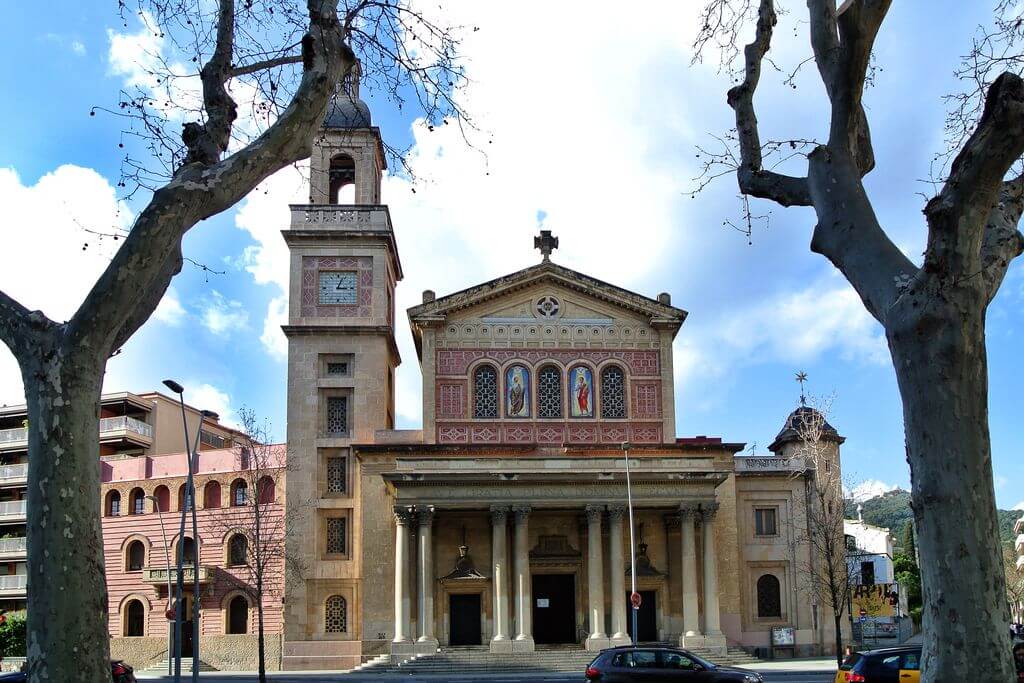
Sant Gervasi – Bonanova
It is a very residential, quiet neighbourhood with few local shops. Located at the foot of Tibidabo and bordering General Mitre, Balmes, Passeig de Sant Gervasi, and Iradier. It is a highly regarded neighbourhood, along with Galvany and Tres Torres, among the well-established classes of Barcelona. Notable are the homes located on the exclusive Passeig Bonanova or Ganduxer Street. In this district, it is still possible to find some luxury villas, especially in the area closest to Collserola. The buildings, all very exclusive, sometimes come with concierge service, a swimming pool, and parking spaces.
Sant Gervasi – Tres Torres
Las Tres Torres was born between 1901 and 1903. It was an area on the outskirts of Sant Gervasi, near the border with the municipality of Sarrià. It began to be urbanized on the initiative of some residents of Sants (the Romaní and Climent Mas brothers). They were the ones who built three towers, one for each, on land belonging to the Nena Cases estate. These towers gave the place its name, replacing the old toponym Nena Cases, which it had in the late 19th century. One of them is still preserved today, albeit modified, at the corner of Vía Augusta-Doctor Roux. The stately houses in the neighbourhood have gradually disappeared, making way for new multifamily constructions. Currently, this district has the largest and high-end flats. The district has its own market around which the oldest houses in the area are located.
Sant Gervasi – Galvany
It is one of the districts with the highest demand for housing within the Sant Gervasi neighbourhood. It includes part of Diagonal, with Francesc Macià, bordering the Bonanova, Tres Torres, and El Putxet neighbourhoods. Luxurious buildings stand out near Francesc Macià and in the Turó Park area. However, the neighbourhood has a significant commercial offer, especially in the area surrounding the Galvany market and the tertiary sector, in the Muntaner and Diagonal area.
El Putxet – El Farró
The neighbourhood began to develop from 1850 as a consequence of the extension of Gràcia towards Collserola and is now mostly occupied by upper-middle-class residents. Mount Putxet was urbanized and turned into an urban park in 1970. It is bordered by Avinguda de la República Argentina, Carrer Claudi Sabadell, Carrer de Marmellà, Carrer de Roca i Batlle, Carrer del Pare Fidel Fita, Carrer de Musitu, Carrer de Bertrán, Carrer de Balmes, Ronda del General Mitre, and Plaça de Lesseps.
Homes are generally more modest than in other districts of the neighbourhood, although there are still chalets in the area bordering the Putxet Park. In the Farró area, some passages retain single-family homes reminiscent of old village houses.
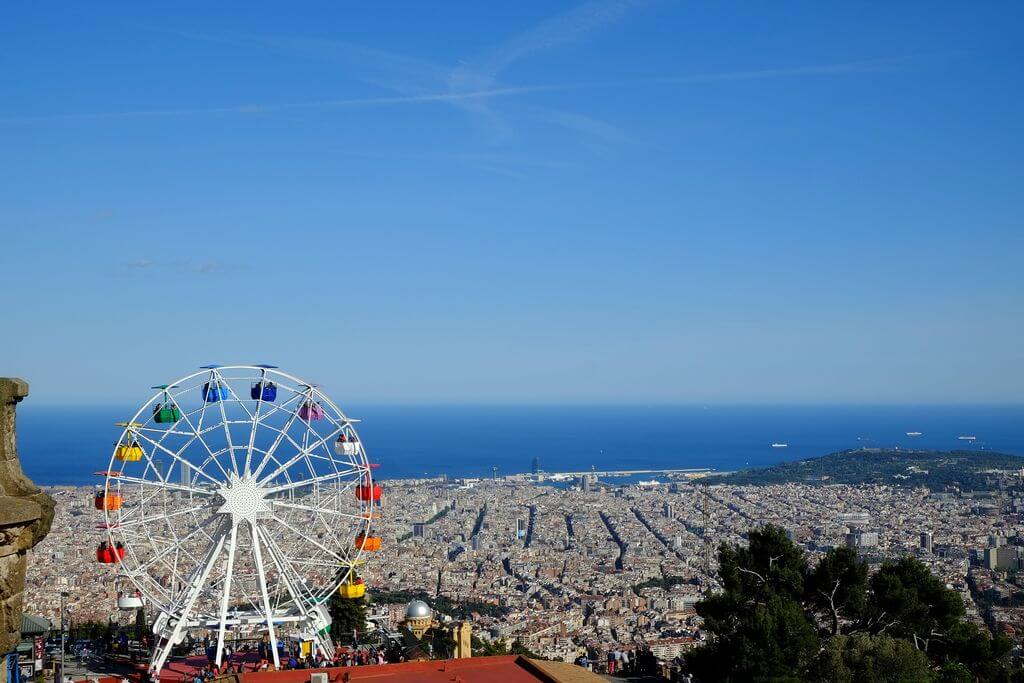
Vallvidrera, Tibidabo, and Les Planes
Originally, it constituted an independent municipality. In 1890, it joined what was then the municipality of Sant Vicenç de Sarrià. This municipality was integrated into Barcelona in 1921, and with it, Vallvidrera. In the late 19th century, it became a summer destination for Barcelona residents, and numerous buildings and some hotels were constructed. In 1864, the Vallvidrera reservoir was inaugurated, which was intended to serve as a reserve of drinking water for the Villa de Sarrià (independent of Barcelona at that time), and in 1906, the Vallvidrera funicular. The reservoir was renovated and refurbished in 2007. The typology of homes is varied: you can find exclusive modernist villas, as well as flats with fantastic views of Barcelona.
Sarrià
Sarrià (in Catalan: Sarrià) is a neighbourhood in the Sarrià-Sant Gervasi district of the city of Barcelona. It was an independent municipality from the Barcelona City Council until 1921 when it was annexed to the municipality of Barcelona. It still retains the charm of a village, with low houses in the surrounding area of Sarrià. At the same time, the district has evolved by incorporating modern residences around major communication routes, such as the Vallvidrera tunnels. The Barcelona City Council provides all the information about the neighbourhood.
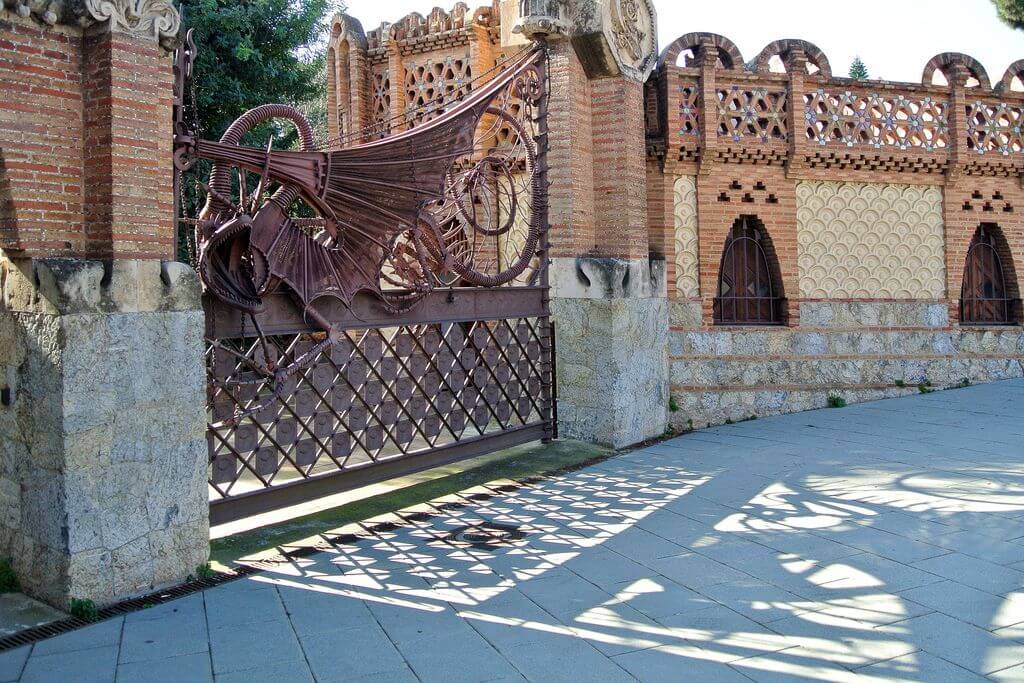
Les Corts
Among the different districts in Les Corts, Pedralbes stands out as the most exclusive district in Barcelona. The population has high purchasing power, and multimillionaire residences are found, especially around Avenida Pearson. Pedralbes includes Cervantes Park, the University Zone of the Central University, and the Royal Palace of Pedralbes. In this area, you can find exclusive flats of over 500 m2 or large villas owned by wealthy families in Barcelona.
Sant Martí
We can highlight Diagonal Mar or Poble Nou as areas of greater interest for acquiring homes.
Diagonal Mar or Front Maritim de Poblenou
It was developed for the Forum of Cultures in a traditionally industrial area. Barcelona, which was previously developed with its back to the sea, now enjoys high-rise buildings with the best views of the city. Luxurious complexes or condominiums with common services such as a swimming pool, gyms, surveillance, among others, were built. These properties have been coveted by foreign buyers. On the other hand, Poble Nou retains a more traditional spirit. Originally, it was a fishing village with modest housing. Currently, the Rambla has been modernized and has high-quality properties.


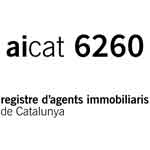


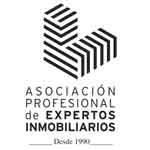

One Response
I am glad to be one of the visitants on this great site (:, regards for posting.